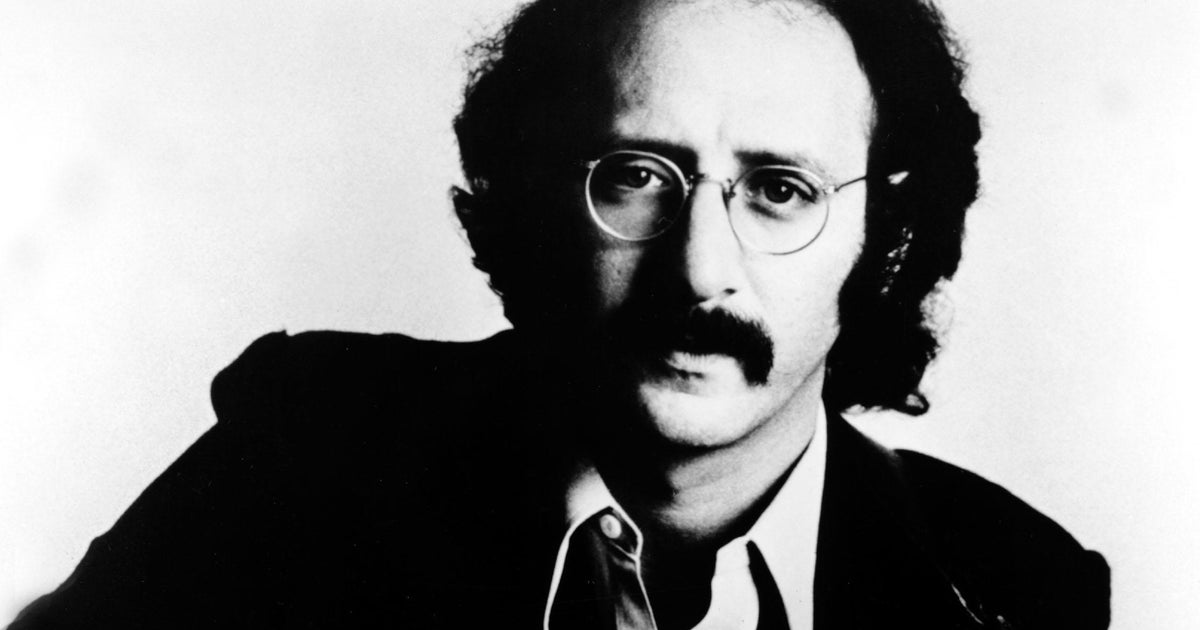How restaurants are controlling your experience in ways you may not realize
Ever wonder why so many fast food chains use red and yellow in their logo? Research shows that color scheme is an intentional stimulant signifying happiness, energy – and hunger. They subtly tell consumers enjoy yourself, but to also get in and out. It's not just color that successful restaurants are using -- they have an arsenal of tools at their disposal to tantalize your senses and keep you coming back, reports CBS News correspondent Peter Greenberg.
When you walk into a restaurant, you may not notice the tempo of the music, the table shape, or the menu layout. But those details are influencing your entire dining experience from what you'll order, to how much you'll pay, to how long you'll stay.
"Once you enter a restaurant, there's a pretty good chance that, to some degree, intentionally or unintentionally, you're being manipulated," said Stephen Zagor of the Institute of Culinary Education. He spent more than 25 years developing and managing restaurants.
"Hopefully, a restaurant is taking you by the hand – I like to call it mind over mouth – and making things happen in you that are gonna make A: your experience great without you really knowing about it, and B: making it good for the restaurant where they're selling you more and making it a better situation for them," Zagor said.
Restaurants place either profitable or signature items in the upper right hand corner of menus because that's where most consumers look first. Boxes or brackets also capture your attention. And beware of what the industry calls anchors: expensive plates strategically positioned to make other nearby dishes look like a good value.
Even the music plays a subtle but important role. The faster the tempo, the faster you eat.
"The faster you eat, the faster you chew, the faster you eat. And studies have said that the energy sometimes even leads to more consumption of food," Zagor said.
These particulars aren't lost on famed restaurateur Danny Meyer, whose ability to craft the dining experience is more of an art than a science.
"You want to have a variety of table shapes because you don't want people's eye or their experiences to get boring," Meyer said.
He recently re-opened his 30-year old New York City eatery, Union Square Café, in a new spot.
Every detail has been carefully considered.
"The table is always going to be ever so slightly wider than it is deep. It drives me crazy when I go to a restaurant and the person I came with is further away from me than the two people on either side of me with whom I didn't come," Meyer said.
Noise level, too, is strategic.
"Noise is a lot like salt in the hands of a chef. Too much is wrong and too little is wrong," Meyer said. "Used to be that if you wanted to stay home, you were cooking. Today, you can order food by pushing a button on your smartphone. You can cook half the food by ordering a meal kit. So if you're going to go out – you have to have a compelling reason."
Greenberg asked, "So to be a successful restaurant, you actually have to look at this as an emotional asset?"
Meyer said, "Purely. When people choose to come back or not, they may say it has to do with what you put on the plate or what you pour into the glass. I guarantee you that the decision to return has almost everything to do with how did we make you feel."
How does Danny Meyer want you to feel? Like you've gone out but have also come home. And restaurant owners today have more tools than ever to make that happen.
"Historically, with restaurants, you kind of have to make decisions based on gut feeling," said Julian Goglia. Goglia is one of the partners behind the Mercury in Atlanta's Ponce City Market.
He's using data-driven software to "curate" his customer experience. For example, after introducing a brunch menu, the sales analytics program, Upserve, showed him he was losing customers.
"The retention rate had gone down because the price point probably wasn't right for the market and so we changed our price point, and now the retention rate and the sales have gone up exponentially. We did something right," Goglia said.
And his reservation system is fueled by customer preferences.
"Before you come in, we know you like this, you don't like that. You hate sitting at this particular type of table. And if I have the option to make that work for you. That's amazing information," Goglia said.
Amazing as that is, it all really gets down to basics. A tip from Danny Meyer: Next time you're looking at a menu, consider ordering a side dish as a starter instead of an appetizer. Restaurants typically charge more for appetizers than side dishes and it could be an equally satisfying experience.





